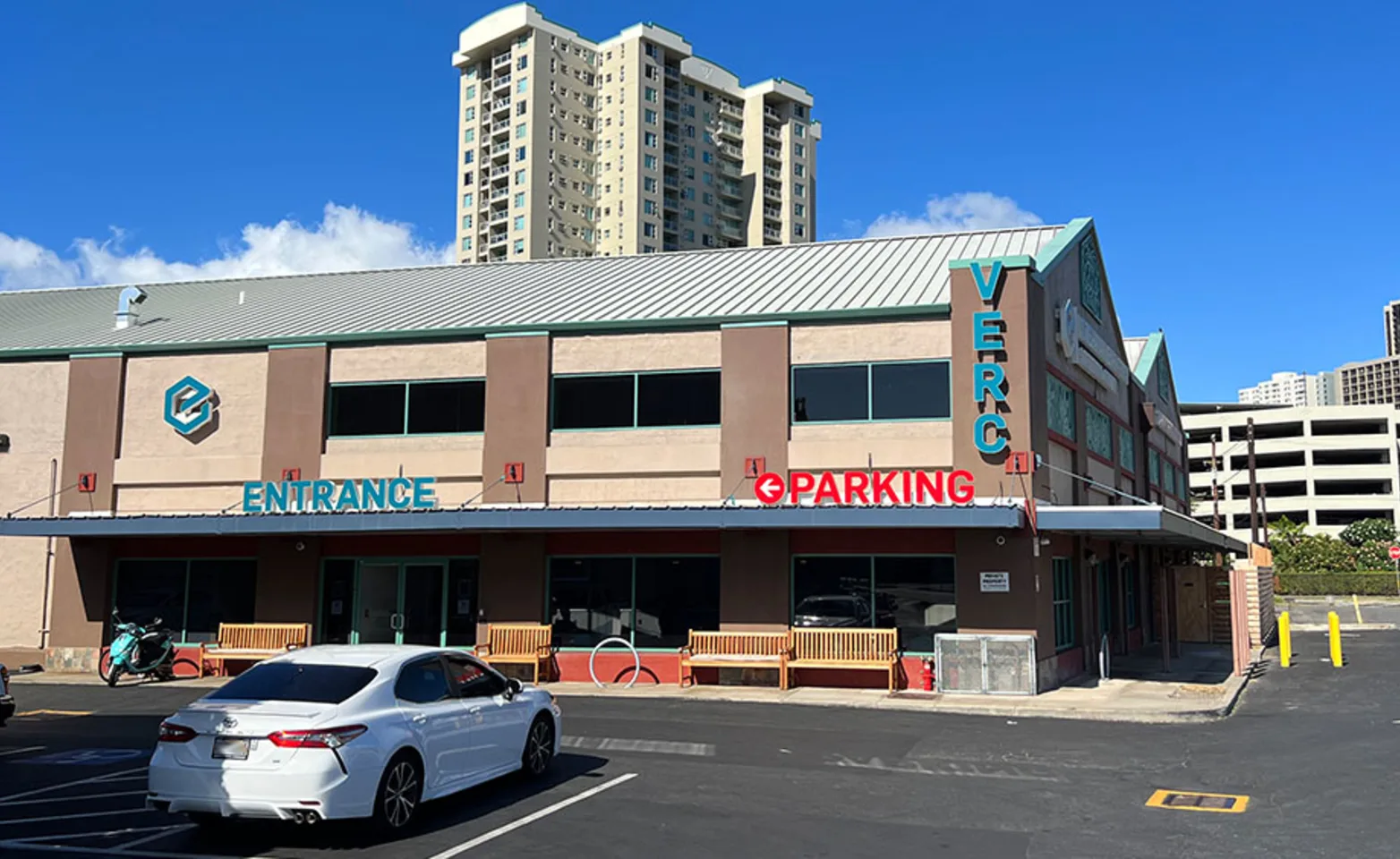Veterinary Emergency and Referral Center (VERC)




Highlights of Diagnostic and Therapeutic Options
Please contact us if you are seeking a service or treatment not listed here.
Bone Marrow, CSF, and Joint Aspirates
Chemotherapy
CT
MRI
Diagnostic Imaging
Echocardiography and EKG
Endoscopy
Feeding Tube Placements
Fluoroscopy
Interventional Radiology
Melanoma Vaccine
Oxygen Therapy
Tracheal and Urethral Stenting
Transfusion Medicine
Ultrasound




